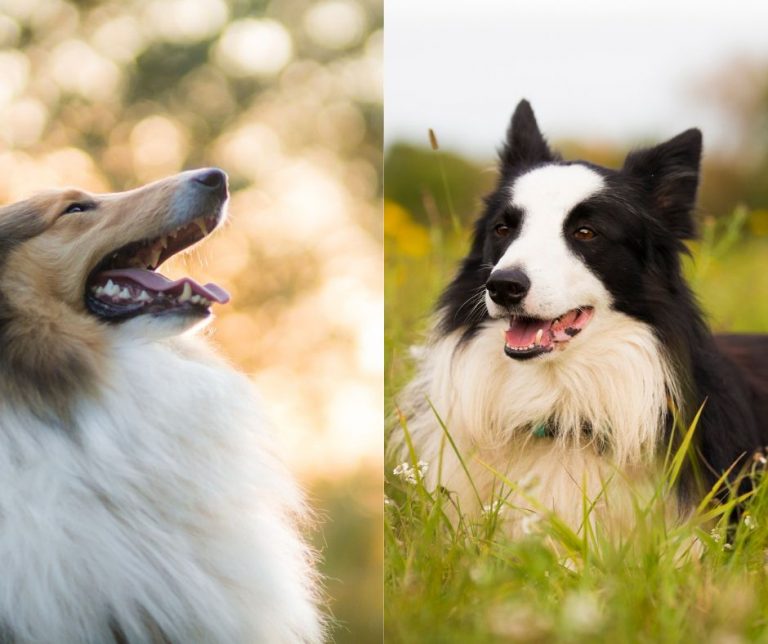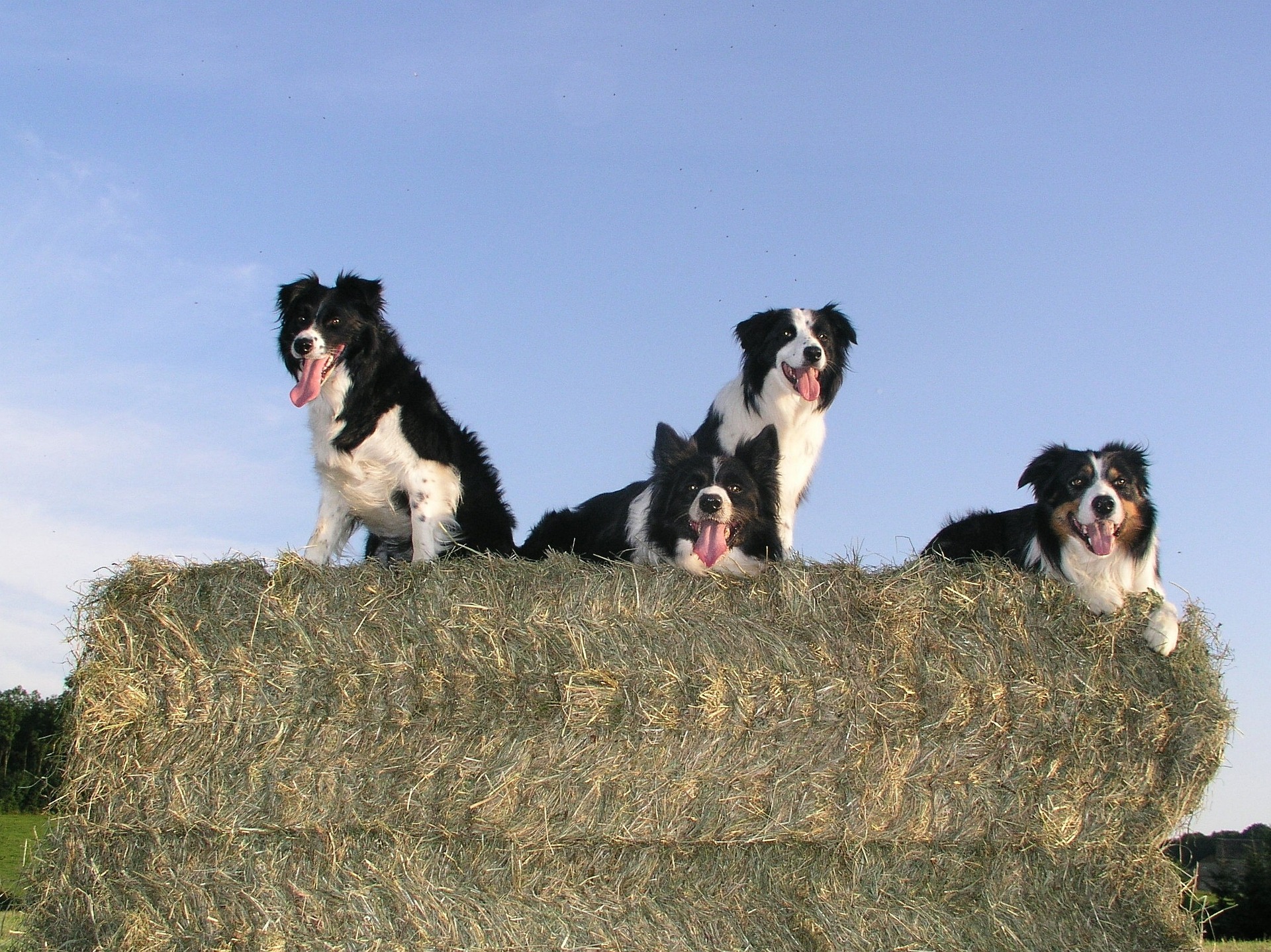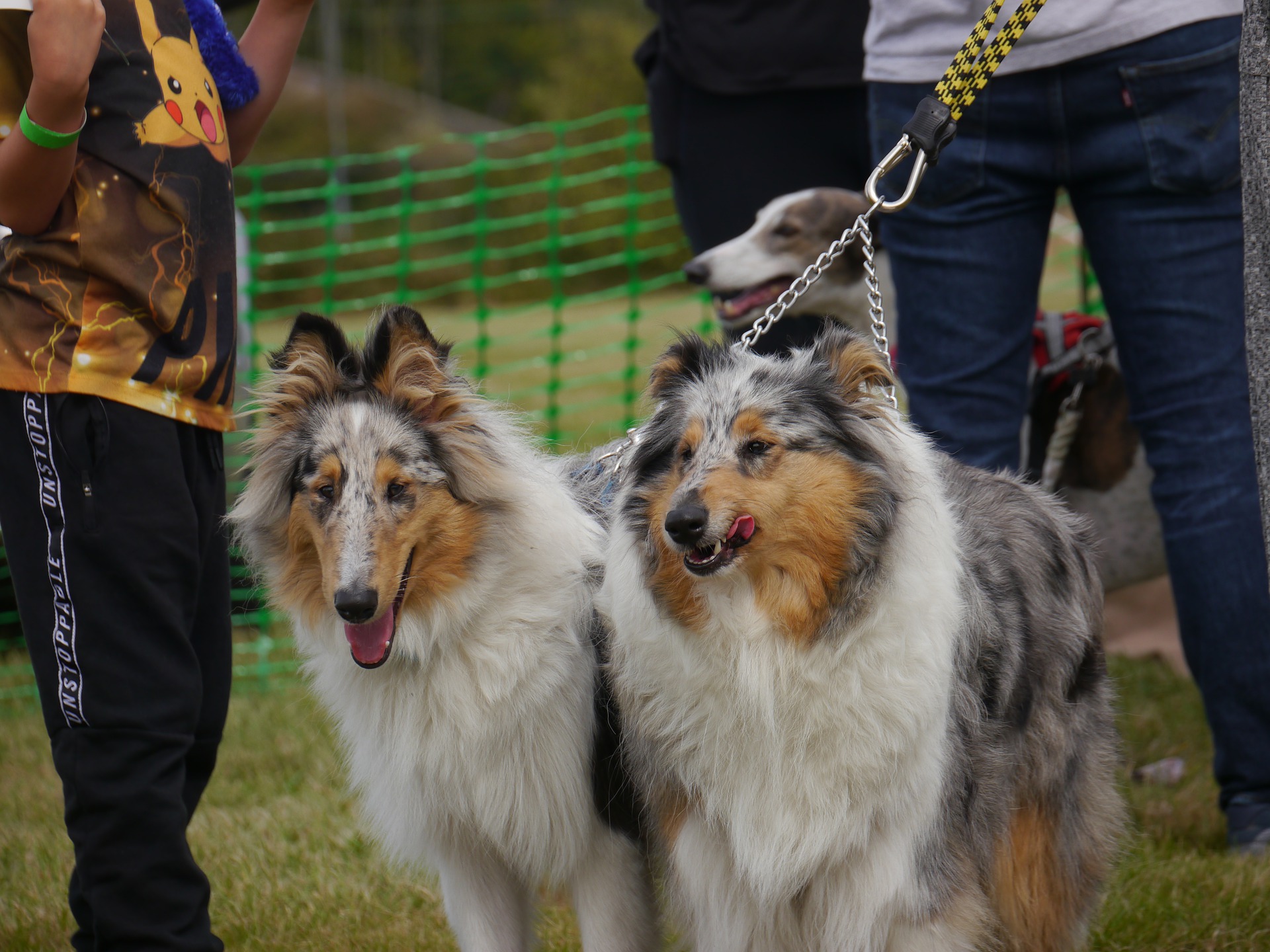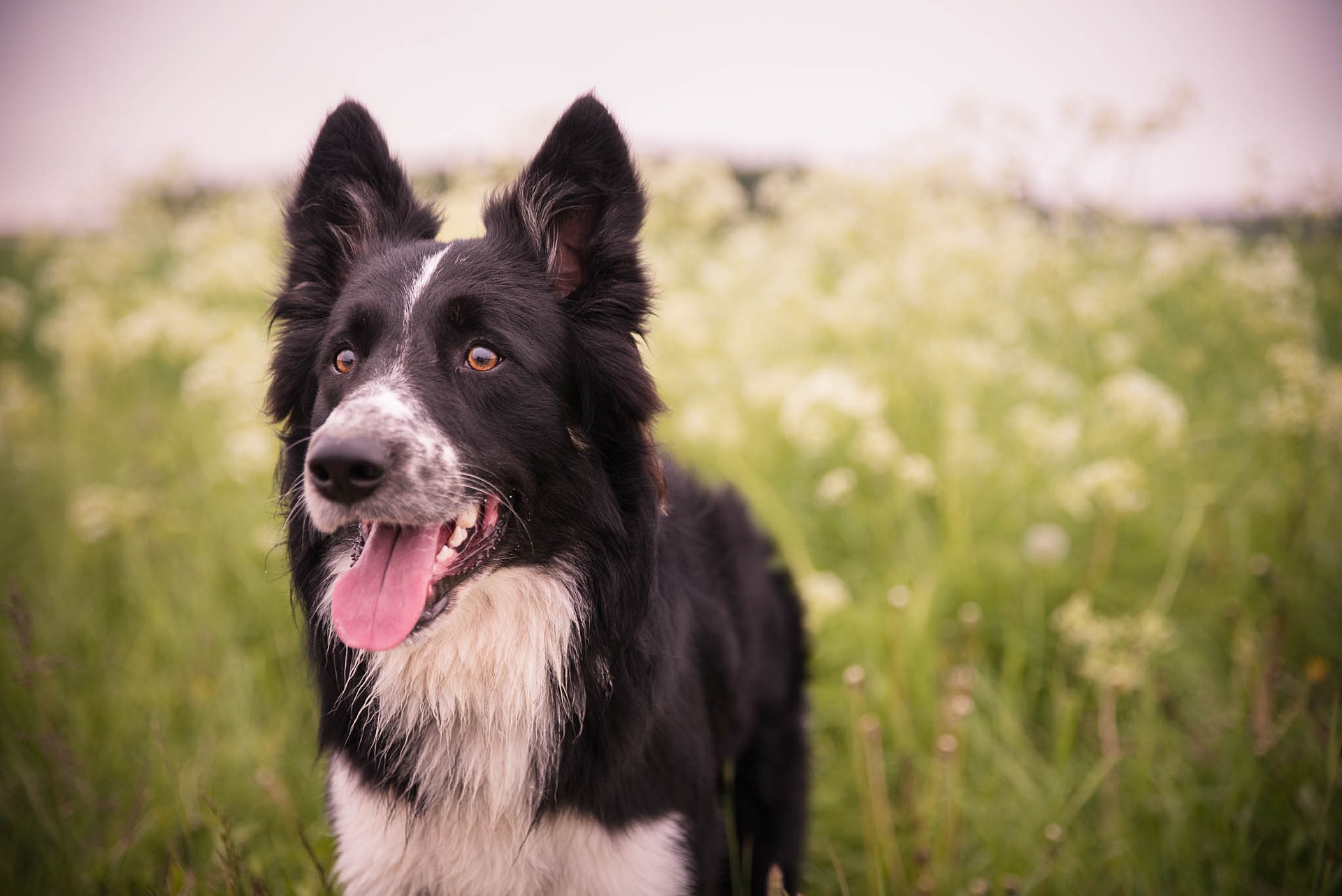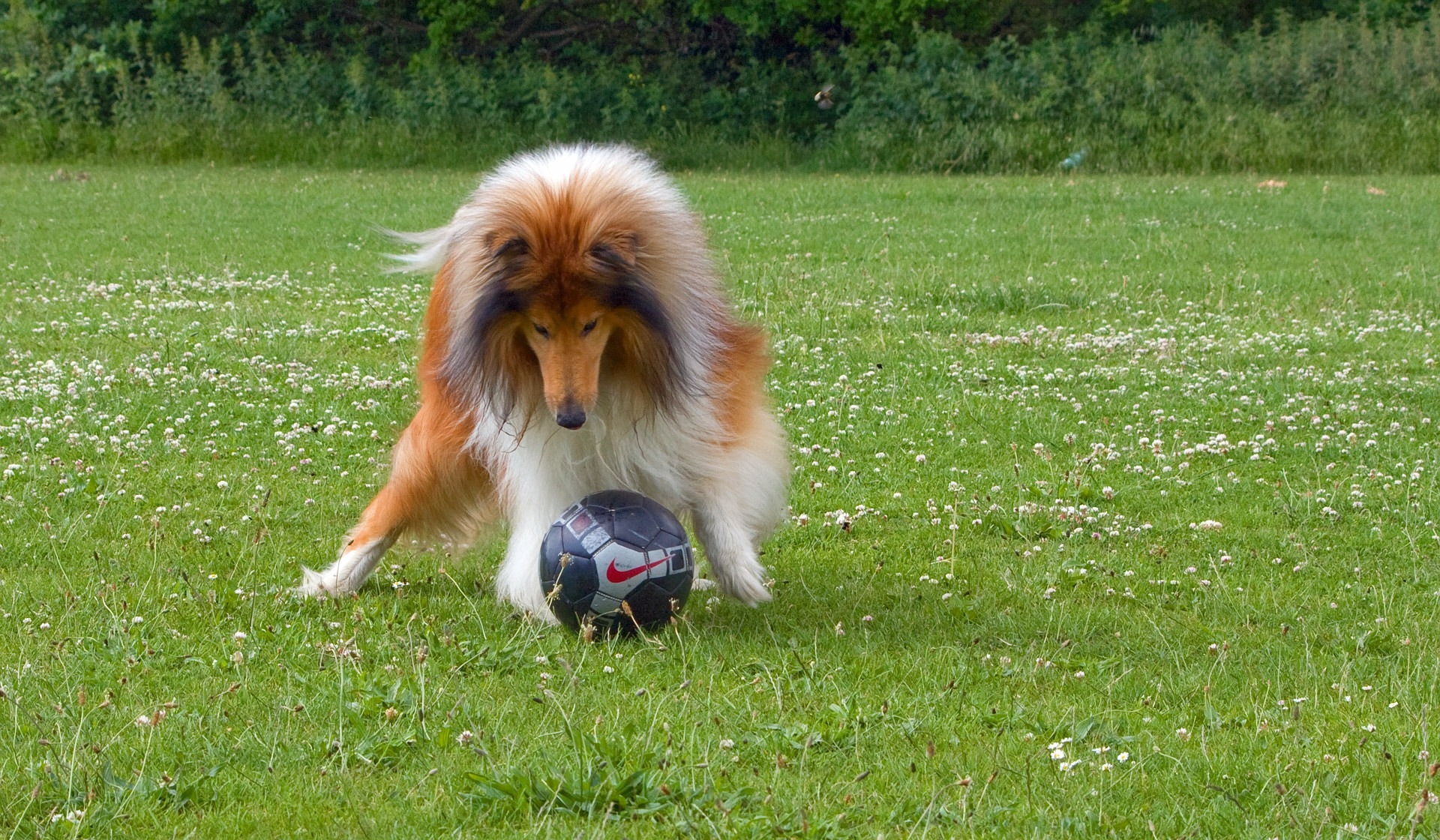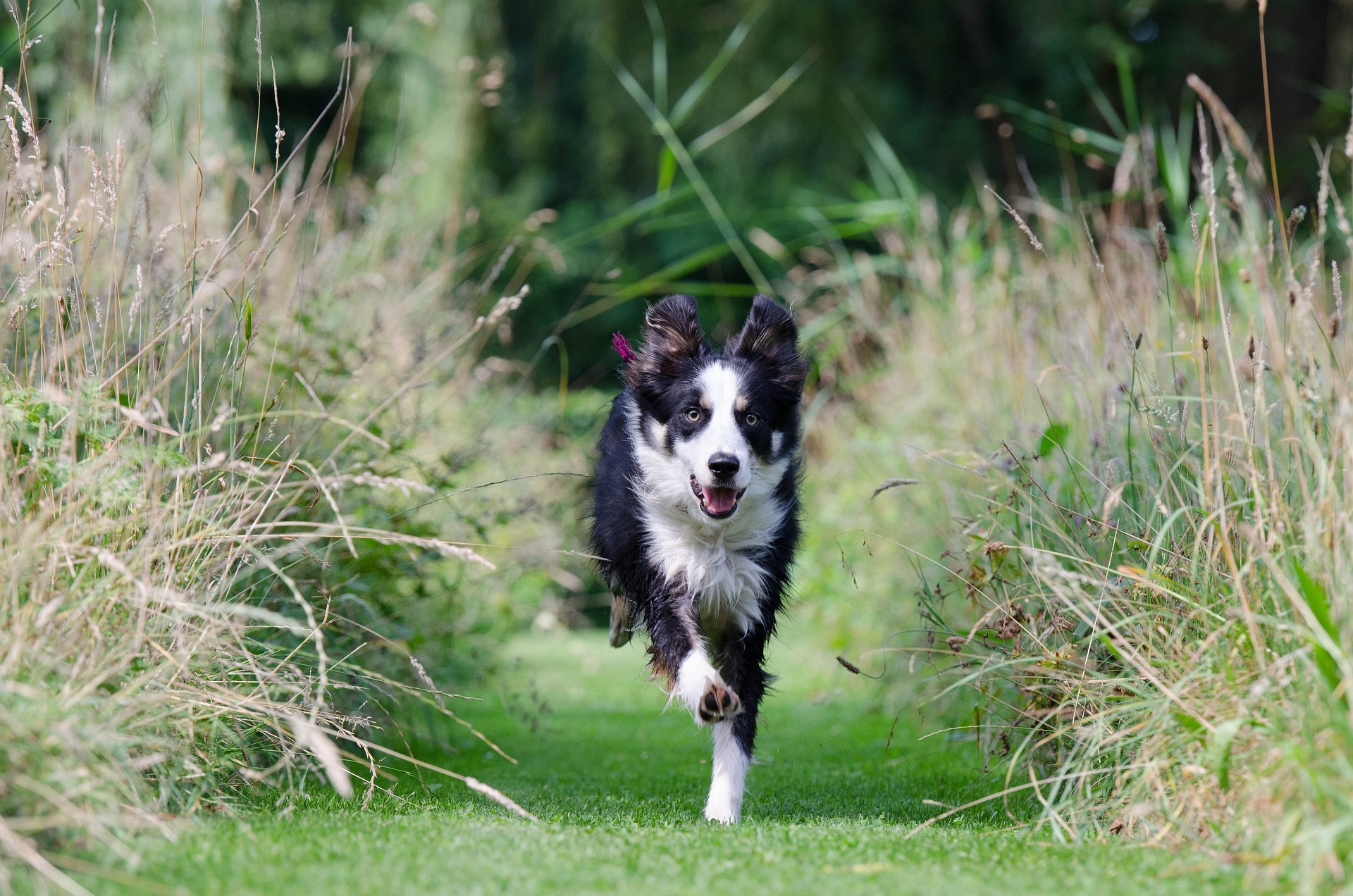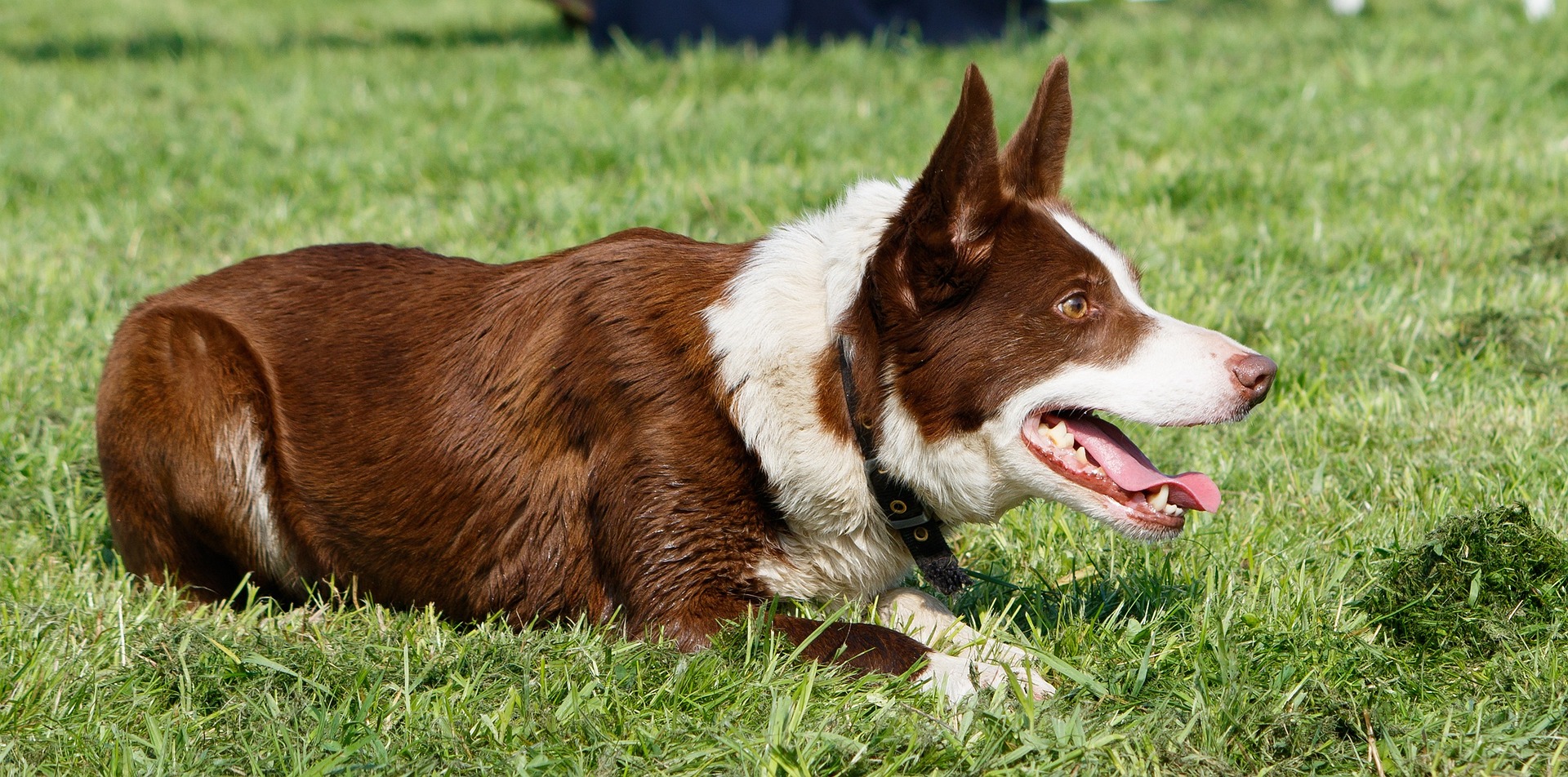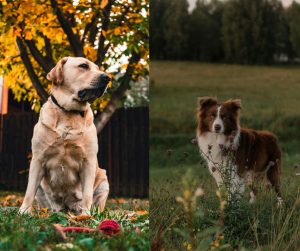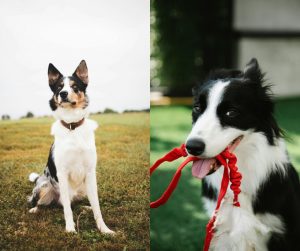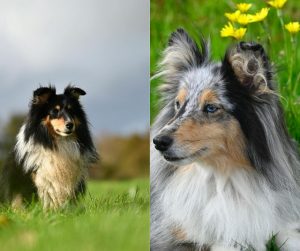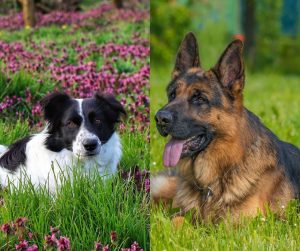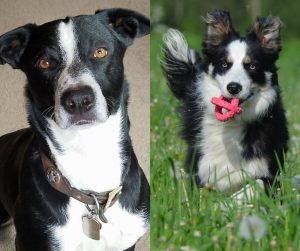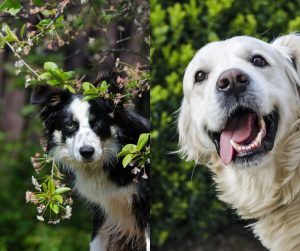When considering a furry addition to the family, dog lovers often find themselves comparing the Collie and the Border Collie. Though they share part of their name and a common ancestry rooted in Great Britain’s pastoral landscapes, these breeds have distinct characteristics and qualities that make them stand out from each other.
Delving into their history reveals that both were bred for herding, but their paths diverged to suit different roles alongside their human counterparts. This influenced their physical and behavioral attributes.
Understanding the differences between the Collie and the Border Collie goes beyond mere appearance. The Collie, known for its graceful poise and more reserved energy levels, can often adapt to a more relaxed household setting.
In contrast, the Border Collie exhibits a boundless zest for activity that requires ample physical and mental stimulation. They are known for their agility, intelligence, and need for engagement, making them a perfect match for an active person or family who can provide them with the type of lifestyle they need to thrive.
Choosing between a Collie and a Border Collie is more than just a preference in looks; it’s a commitment to meeting the exercise, training, and companionship needs of two very distinct types of dogs. Each breed brings its unique blend of traits to a home, and understanding these can lead to a harmonious relationship between dog and owner.
Today, we will talk about the Collie vs Border Collie dog breed comparison.
Key Takeaways
- Collies and Border Collies have distinct physical and temperamental traits despite a shared heritage
- Collies are best suited for more sedentary lifestyles, while Border Collies need significant exercise and mental stimulation
- The choice between these breeds should consider the specific needs and lifestyles of the potential owners
History and Origins
When talking about herding dogs from the British Isles, it’s fascinating to see how the Collie and the Border Collie share roots yet have taken on distinct roles and characteristics over time. Let’s break down the story of each one.
Collie Origins
The Collie’s tale begins in Scotland and England, where they were prize herders, adept at working with sheep and cattle. They weren’t just work partners; their gentle and loyal demeanor won the hearts of many, but none so prominent as Queen Victoria.
In the 1800s, when she chose these dogs as companions, their status skyrocketed, nudging them from the fields to the limelight. It’s hard to talk about Collies without mentioning Lassie, the fictional, hero dog of TV and film, that brought the breed’s intelligence and bravery into homes across the globe.
We have to note that when we talk about the standard Collie, that is usually the Rough Collie. There is also a Smooth Collie, but that is a different breed. The canine is also a close cousin to the Bearded Collie, Shetland Sheepdog, Australian Shepherd, and more. They are all part of the herding breed group.
Border Collie Origins
The Border Collie, a close relative, originally helped out on the hilly terrain between Scotland and England, hence “Border.” These dogs are built for stamina and smarts; they were the brainiacs of the farm, bred to think independently and tackle the demanding job of managing livestock.
Official recognition came in fits and starts — the American Kennel Club only fully recognized them in 1995, yet their legacy as working dogs stretches back centuries. It’s the Border Collie’s combination of agility, intelligence, and tireless energy that has made them renowned, both on the farm and in competitive dog sports today.
The American Kennel Club recognizes the Border Collie puppy as a separate herding breed.
Breed Characteristics
When deciding between a Collie and a Border Collie herding dog, it’s helpful to understand how their traits stack up. Let’s chat about each breed’s distinctive characteristics, from their playful energy to their unique looks.
Collie Traits
Collies are known for their grace and poise, with a friendly demeanor that wins hearts easily. They have fluffy and voluminous coats, often seen in a variety of colors like sable, tri-color, blue merle, and white.
Collies are larger dogs, typically weighing between 53 to 70 pounds and standing about 22 to 26 inches tall at the shoulder. Their intelligence is well-noted, contributing to their sharp herding skills. These dogs carry a sweet temperament that’s ideal for companionship.
- Intelligence: High, skilled in herding and learning commands
- Energy: Moderate to high, they need regular exercise
- Appearance: Majestic with a lush double coat; their ears normally have a tipped pose
- Size: Relatively large
- Coat Color: Sable, tri-color, blue merle, white
- Colors: Typically a mix of the listed coat colors
Border Collie Traits
In contrast, Border Collies are a burst of energy, always ready for a game of fetch or a herding task.
They are a more compact breed weighing about 30 to 55 pounds and stand 18 to 22 inches high at the shoulder. Their coat can be either rough or smooth and usually comes in combinations of black and white, though other colors like blue merle and red are not uncommon.
This herding breed is often celebrated as one of the most intelligent dog breeds; they learn quickly and are keen problem solvers.
- Intelligence: Very high, often considered the most intelligent of all dog breeds
- Energy: High, thrives with ample exercise and mental stimulation
- Temperament: Alert, eager, and highly trainable
- Appearance: Athletic build with a smoother coat than Collies; ears can be erect or semi-erect
- Size: Medium but muscular
- Coat Color: Primarily black and white but can include other colors like blue merle and red
- Colors: Mostly bi-color, but other patterns exist
Behavior and Temperament
Choosing between a Collie and a Border Collie often comes down to understanding their distinct behaviors and temperaments. These breeds share a herding heritage, but their personalities and energy levels make them well-suited to different types of families and lifestyles.
Collie Behavior
Collies are known for their affectionate nature, often flourishing in family settings where they can be part of daily activities.
They typically exhibit a calm temperament, are good with children, and mesh well with a moderately active lifestyle.
As pets, Collies are social and playful, but not overly demanding of constant activity.
Trainability is a strong suit, given their desire to please their owners, making them not just loyal, but also relatively easy to train.
One should note their herding instinct may still surface in play, but it’s often softer and less pronounced than in the Border Collie.
Border Collie Behavior
Border Collie dogs, in contrast, are bundles of energy, always ready for play and activities, making them excellent for individuals or families with an active lifestyle.
Their strong herding instincts can be more prominent, necessitating early dog training to manage behaviors like nipping—a natural extension of their herding tendencies.
While Border Collies are affectionate and can make wonderful family pets, their high energy levels and need for mental stimulation require dedicated time for exercise and play.
They excel in activities that challenge them both physically and mentally, reinforcing their high trainability.
Border Collies are often less suited for families with young children unless their energy and instincts are well channeled.
Exercise and Activity Needs
When keeping a collie or a border collie as a pet, understanding their exercise and activity requirements is crucial for their well-being. These two breeds have distinct needs that reflect their heritage and natural inclinations.
Collie Exercise Requirements
Collies are typically less intense than their border counterparts. With moderate energy levels, these dogs are usually content with a good daily walk and some playtime with their family.
Exercise is not only about keeping their body fit, it also involves providing the right amount of mental stimulation to keep their mind sharp.
Fun activities like catch or agility training in the backyard can be both physically and intellectually rewarding for them.
Border Collie Physical Activity
Border collies are synonymous with high energy. They thrive on constant movement and can become restless without sufficient physical activity.
It’s not unusual for these dogs to need around 1 to 2 hours of exercise each day.
This can include various forms of outdoor activities like long walks, runs, and playing fetch. Any dog sport will do it.
Due to their intelligent and agile nature, engaging them in dog sports such as flyball or frisbee can be particularly beneficial. These activities ensure they receive both the physical exercise and mental stimulation they crave.
Training and Intelligence
When looking at Collie vs Border Collie training comparison, their approach to learning and their intelligence are quite distinct. Each breed brings its own strengths to obedience and dog training sessions.
Collie Trainability
Collies are known for their gentle demeanor and ability to fit into various family environments, which makes them quite trainable.
However, their training should focus on their strengths as herding dogs, ensuring they feel engaged. They respond well to positive reinforcement, and consistent, gentle training methods typically yield the best results in obedience training.
Border Collie Learning Capabilities
Border Collies take the lead in terms of intelligence and learning capabilities.
They often outshine other breeds in obedience and are famously easy to train, due to their high levels of intelligence and eagerness to please.
It’s crucial, though, to keep their training sessions stimulating—they require both physical and mental challenges to stay motivated. A Border Collie left unchallenged can become bored and potentially develop unwanted behaviors.
Health and Care
Common Health Issues
Collies are known to be at risk for certain eye conditions. One of the more common issues is Collie eye anomaly (CEA), which is a genetic condition that can affect vision and potentially lead to blindness. Similarly, progressive retinal atrophy is a disease that deteriorates the retinas over time and can also be a concern.
Beyond the eyes, Collies can also be prone to hip dysplasia, a developmental problem affecting the hip joint that can lead to arthritis or lameness.
Border Collies, on the other hand, typically have fewer inherited health problems but aren’t without their concerns. They, too, can suffer from hip dysplasia, as well as epilepsy, a neurological condition that causes seizures. Both breeds share a potential risk for certain health issues, so regular vet check-ups are crucial.
Grooming and Care
Shedding is a reality for both Collies and Border Collies, meaning regular brushing is required to keep their coats beautiful and healthy.
Weekly brushing can prevent matting, especially in Collies, who have a longer coat. During shedding season, they may need more frequent grooming.
Border Collies might have slightly less demanding grooming needs, but they still require consistent brushing to manage their double coats. Depending on the individual dog and lifestyle, some may benefit from professional grooming services to keep their coats in top shape.
Both dog breeds are active and will thrive with owners who can match their energy and provide them with plenty of exercises.
Regular activity not only keeps them fit but supports overall health and wellbeing. Owners should remember that mental stimulation is just as critical, especially for the intelligent and active Border Collie.
Lifespan for both breeds varies but typically ranges from 10 to 15 years. To help ensure they live to the upper end of this range, proper health care, a balanced diet, and regular physical and mental stimulation are essential.
Suitability as Pets
When deciding between a Collie puppy and a Border Collie puppy as a pet, prospective dog owners should consider their lifestyle and experience with dogs.
Collies generally fit well into a calm family setting, while Border Collies thrive in a more active and engaged environment.
Collie as a Family Dog
The Collie dog breed is a quintessential family pet known for their gentle and relaxed demeanor. They often form strong bonds with all family members and are particularly patient with children. One can expect a Collie to:
- Be suitable for families, including those with less active lifestyles
- Typically get along well with other pets
Border Collie in a Home Environment
Border Collies are high-spirited and thrive with experienced owners who can provide them with ample exercise and mental stimulation.
These dogs are highly trainable but require a commitment to their energetic needs and instinctual drive to work and herd:
- Best suited for active individuals or families, often excelling in homes with spacious yards or rural settings
- Not typically recommended as guard dogs, but their alertness can contribute to household awareness
Breed Comparisons and Considerations
When contemplating the choice between a Collie and a Border Collie breed, potential dog owners should consider factors such as temperament, physical needs, and coat type. Each breed presents a unique set of characteristics suited for different lifestyles and preferences.
Choosing Between Collie and Border Collie
Temperament: Collies are known for their gentle and easygoing nature. This makes them ideal for families or less active owners. They are affectionate and may fit well into a calmer household. In contrast, Border Collies display high energy levels and are considerably active. They require substantial exercise and mental stimulation.
Physical Needs & Activity Levels: Border Collies are herding dogs that thrive on having a job to do. They are happiest when engaged in activities like agility, flyball, or obedience training. Both are herding and working dog breeds, meaning they need plenty of physical exercise and mental stimulation.
| Breed | Exercise Needs | Suggested Activities |
|---|---|---|
| Collie | Moderate exercise; long walks | Casual play, leisurely walks |
| Border Collie | High exercise; frequent mental challenges | Herding, agility sports |
Life Expectancy: Border Collies often have a life expectancy ranging from 10 to 15 years. Meanwhile, Collies typically live around the same span, but this can vary depending on various factors like health, diet, and care.
Coat Type & Maintenance: The Rough Collie, recognized by its full, glamorous coat and made famous by “Lassie,” comes in beautiful shades like sable and white or blue merle. These dogs require regular grooming to maintain their coat. Smooth Collies, displaying a shorter, sleeker coat, need less frequent grooming. On the other side, the Border Collie typically sports a dense double coat, with the classic black and white markings, and would also benefit from regular brushing.
| Breed | Coat Type | Grooming Needs | Common Colors |
|---|---|---|---|
| Rough Collie | Long, dense | Regular brushing | Sable and white, Blue merle |
| Smooth Collie | Short, dense | Less frequent brushing | Sable and white, Blue merle |
| Border Collie | Medium length, dense double coat | Regular brushing | Black and white, Blue merle |
Cost Considerations: The cost to purchase and care for either breed can vary greatly. But owners should prepare for expenses such as regular vet visits, quality food, and potentially higher costs for grooming in the case of Rough Collies.

